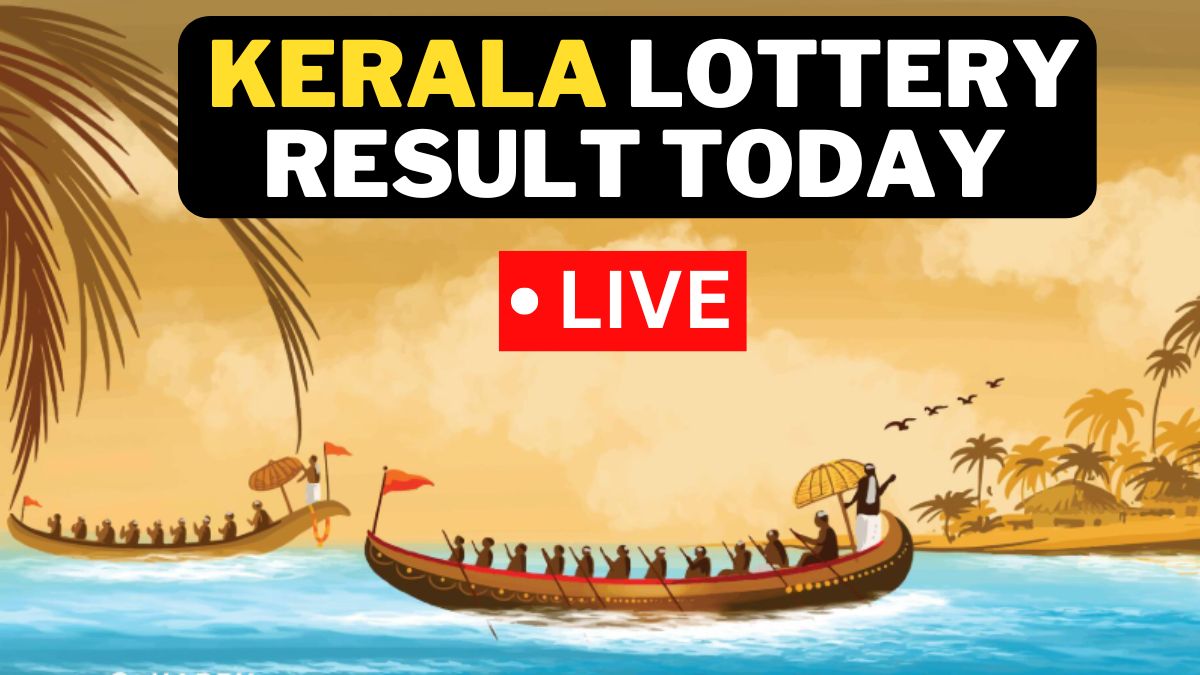Infra
It’ll cost Toronto at least $92M to buy 2 new Toronto Island ferries | CBC News

A key committee at city hall has approved the purchase of two new ferries to serve Toronto Island, and staff confirmed the price tag for the boats has jumped to $92 million.
Councillors on the general government committee unanimously awarded the tender to build the two new vessels at a meeting Tuesday. The boats will replace aging ferries which currently serve the island park’s 1.4 million annual visitors.
Staff told the committee that when the project first appeared in the city budget in 2020 the ferries were estimated to cost taxpayers $25 million. Coun. Paula Fletcher said the city needs to closely monitor the contract to ensure it doesn’t escalate further.
“For such a large spend, we need to make sure there’s no surprises at the end of the day,” she said. “That all of the specifications that are there can be met within the budget, that the oversight is robust and that some other eyes other than the parks department are clearly on this construction.”
Damen Shipyards Galati will build the ferries in Romania, if city council gives final approval of the tender award later this month. Toronto’s ferry fleet consists of four vessels and one historic ship with a total capacity of 2,400 passengers.
But the city says the ferries are between 61 and 114 years old and are beyond the average industry lifespan. The new vessels are to be delivered in late 2026 and early 2027.
The city began preparations to buy replacement boats in 2015, and city council has changed the specifications of vessel design a number of times, leading to cost escalations.
Initially, the city was going to purchase diesel ferries, but it opted for a more expensive, environmentally-friendly purchase of electric ferries to save $815,600 in operational savings and $642,800 in fuel savings annually.
“The costs of the new vessels are projected to be paid back by these savings within a 20-year period,” staff say in a report.
Lifecycle costs to be included in city report
Coun. Stephen Holyday pressed staff to provide more details on the total lifecycle costs for the ferries. The committee backed his request for estimates that include the cost of maintenance, personnel to operate the vessels and shoreside infrastructure upgrades — not just the purchase price.
“I think it’s good governance and good decision-making to have a complete understanding of the costs,” he said.
Access to the island park, which is one of the largest green spaces in the city, has become a controversial topic at city hall this summer.
Two of the city’s ferries were out of service in recent weeks, but have subsequently returned to service. Last month, the city warned people travelling to the island that they may want to explore other options to get there instead of the ferries, including water taxis or choosing another day to visit.
Last week, council passed a motion asking city staff to examine feasibility of a pedestrian and cycling bridge to the island from the eastern gap of the harbour. That report is expected back early next year.
Fixed link to Toronto Island will be studied
Deputy Mayor Ausma Malik brought that motion forward last week, amending a similar request from Coun. Jon Burnside who stressed that the city needed to explore the “fixed link” to ensure equitable access to the island for all city residents.
“We have so many people in the downtown area and the closest thing they will ever have to a cottage is Toronto Island,” Burnside said last week. “And we’re limiting access.”
Malik said Tuesday that exploring a fixed link needed to be done thoughtfully, and the ferry replacement needs to move forward to ensure access to the island is expanded. The replacement ferries will carry hundreds more passengers than the current vessels.
“We are taking this very seriously as a city,” she said. “We know that the Toronto Island Park needs to be a place where we can all go with ease and enjoyment.”
Fletcher said she’s eager to see the outcome of the bridge study, but she’s not optimistic that the plan is feasible. Cargo ships, cruise lines and pleasure craft all use the inner harbour where the fixed link is proposed, she said.
“It’s the only way that large ships can get in and out,” Fletcher said. “It would significantly affect the port, it would significantly affect the economy.”










